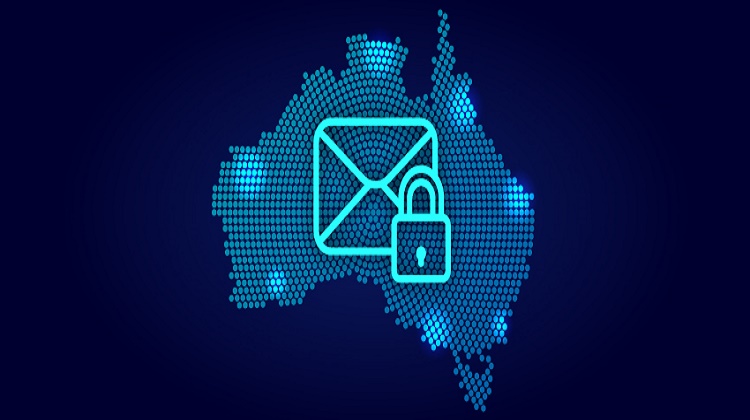In an age where digital interactions reign supreme, preserving the privacy and confidentiality of our conversations has become a paramount concern. The surge in online communication and remote collaboration has revolutionized the way we connect, but it has also exposed us to a host of potential risks. This is where secure message comes into play—a powerful solution that not only shields us from vulnerabilities but also empowers us to engage in conversations with the utmost confidence and discretion.
The pervasive threat of data breaches and cyberattacks has thrust secure messaging into the spotlight. Conventional communication channels like email and text messages are vulnerable to interception, jeopardizing personal details, sensitive data, and confidential discussions. Secure messaging takes a proactive stance by employing robust encryption, effectively transforming messages into intricate code during transmission. This ensures that only authorized recipients possess the means to decipher and access the content, rendering the efforts of malicious actors futile.
At the core of secure messaging lies the concept of end-to-end encryption—an innovation that has transformed digital communication security. This cryptographic technique encrypts messages on the sender’s device and decrypts them solely on the recipient’s end, closing the door to intermediaries or hackers seeking to intercept the conversation. The result is a secure conduit that facilitates the exchange of sensitive information, private dialogues, and confidential business negotiations while maintaining the highest levels of privacy and security.
Beyond its encryption prowess, secure messaging platforms often incorporate a suite of supplementary security features that enhance their value. Two-factor authentication (2FA) is a prime example, providing an extra layer of defense by requiring a second form of verification—such as a code sent to the user’s mobile device—alongside their password. This dynamic duo ensures that even if a password is compromised, unauthorized access remains an elusive prospect. Additionally, attributes like message expiration and self-destructing messages bolster security by automatically erasing messages after a designated timeframe, mitigating the risk of inadvertent data exposure.
For enterprises, secure messaging is no longer a luxury; it’s a critical asset in complying with data protection regulations. Stringent laws like the General Data Protection Regulation (GDPR) and the Health Insurance Portability and Accountability Act (HIPAA) mandate meticulous data handling practices. Secure messaging not only assists organizations in meeting these mandates but also fosters trust among clients and partners by showcasing a steadfast commitment to safeguarding their sensitive information.
With the proliferation of remote work and the escalating reliance on digital communication, the threat landscape has grown more intricate. Phishing attacks, malware infiltrations, and social engineering tactics have evolved, leaving individuals and corporations susceptible to manipulation. Secure messaging emerges as an effective countermeasure, providing a secure platform for sharing files, strategizing, and collaborating on projects without the looming specter of compromise.
However, it is imperative to recognize that while secure messaging is a robust defense, it is not impervious to all risks. Users must remain vigilant and practice impeccable security hygiene, including regular device and application updates, use of strong and unique passwords, and a discerning approach to unfamiliar links or downloads.
In conclusion, the digital age has ushered in unparalleled convenience in communication, but it has simultaneously introduced a plethora of security vulnerabilities. Secure message emerges as a formidable solution, leveraging potent encryption methods, end-to-end protection, and supplementary security attributes. Whether for personal exchanges or professional collaborations, the assurance of secure messages resonates powerfully in our digital realm. As we navigate this intricate landscape, prioritizing the security of our secure message is non-negotiable, enabling us to safeguard our privacy, shield sensitive data, and uphold the trust of those with whom we communicate.



